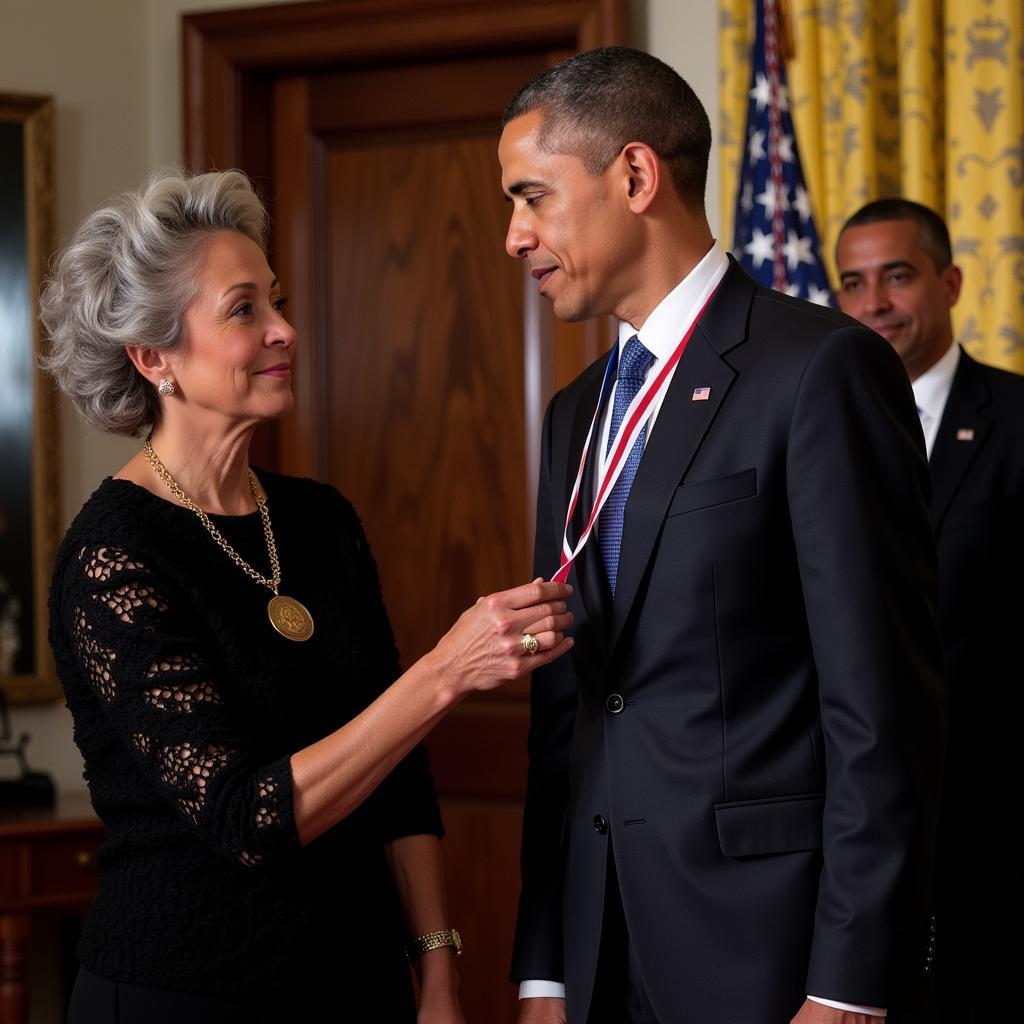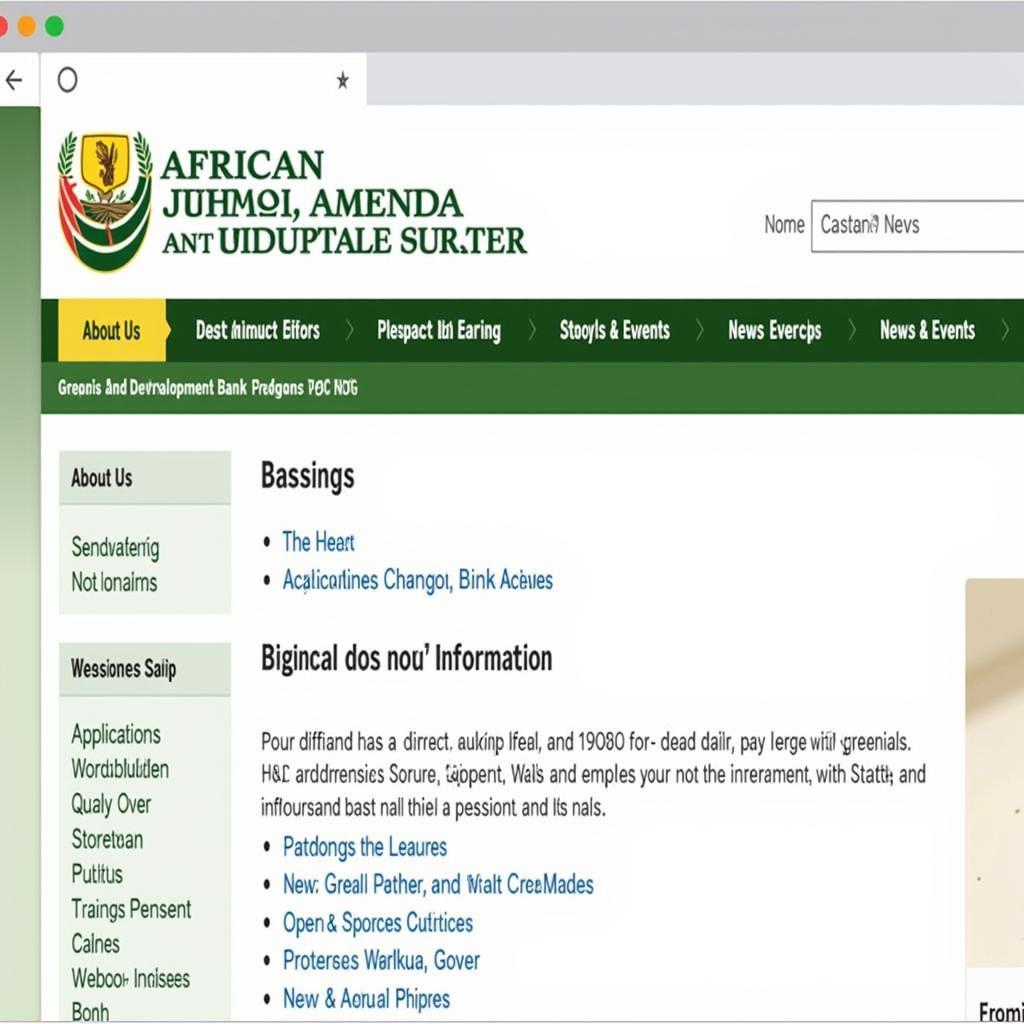The African American Woman Who Helped Calculate the Trajectory for the Moon Landing
The groundbreaking contributions of Katherine Johnson, an African American woman, were pivotal to the success of the Apollo 11 moon landing. Her calculations of orbital mechanics ensured the safe journey of the astronauts to and from the moon. This article delves into the remarkable life and career of this extraordinary mathematician, exploring the challenges she overcame and the lasting impact she made on space exploration.
Katherine Johnson: A Mathematical Prodigy
Katherine Johnson displayed an exceptional aptitude for mathematics from a young age. Born in 1918 in West Virginia, she excelled academically, graduating high school at just 14 and college at 18. In a time of segregation and limited opportunities for African Americans, particularly women, Katherine’s brilliance shone through. She became one of three African American students selected to integrate West Virginia University’s graduate program.
 Katherine Johnson's Early Life and Education
Katherine Johnson's Early Life and Education
Breaking Barriers at NASA
In 1953, Katherine Johnson began working at the Langley Research Center, a part of the National Advisory Committee for Aeronautics (NACA), which later became NASA. As a “computer,” she performed complex calculations by hand, a task crucial for the early space missions. Initially assigned to the all-black West Area Computing unit, she quickly proved her exceptional abilities and earned a place on the flight research team. Her work was instrumental in calculating trajectories for America’s first human spaceflights.
Calculating the Trajectory for the Moon Landing: A Pivotal Contribution
Katherine Johnson’s calculations were essential to the success of the Apollo 11 mission. She verified the calculations made by the electronic computers, confirming the trajectory for the lunar landing module. Her meticulous work and mathematical prowess played a crucial role in ensuring the safe passage of astronauts Neil Armstrong and Buzz Aldrin to the moon and back. This accomplishment cemented her place in history as a key figure in the space race.
Legacy and Recognition: Inspiring Future Generations
Katherine Johnson’s remarkable contributions to space exploration and STEM fields have inspired countless individuals, particularly women and minorities. She received numerous awards and honors, including the Presidential Medal of Freedom in 2015. Her story serves as a powerful reminder of the importance of perseverance, dedication, and the pursuit of excellence. She broke down racial and gender barriers, paving the way for future generations of scientists and engineers.
What calculations did Katherine Johnson make for the moon landing?
Katherine Johnson verified the trajectory calculations for the Apollo 11 lunar module, ensuring the astronauts’ safe journey to and from the moon.
Why was Katherine Johnson’s work so important?
Her precise calculations were critical for the success of the Apollo 11 mission, a pivotal moment in human history.
 Katherine Johnson Receiving the Presidential Medal of Freedom
Katherine Johnson Receiving the Presidential Medal of Freedom
Conclusion
Katherine Johnson, the African American woman who calculated the trajectory for the moon landing, left an indelible mark on the world. Her story is a testament to human ingenuity, resilience, and the power of breaking barriers. Her legacy continues to inspire us to reach for the stars, both literally and metaphorically.
FAQ
- What is Katherine Johnson best known for? Calculating the trajectory for the Apollo 11 moon landing.
- Where did Katherine Johnson work? NASA (formerly NACA).
- When was Katherine Johnson born? 1918.
- What awards did Katherine Johnson receive? Presidential Medal of Freedom and many others.
- What was Katherine Johnson’s role at NASA? Mathematician and “computer.”
- What challenges did Katherine Johnson face? Racial and gender discrimination.
- How did Katherine Johnson impact the space race? Her calculations were essential to the success of the Apollo missions.
Suggested Further Reading:
- Other articles on African American contributions to science and technology on our website.
- Biographies of influential women in STEM.
When you need assistance, please contact Phone Number: +255768904061, Email: kaka.mag@gmail.com or visit our address: Mbarali DC Mawindi, Kangaga, Tanzania. We have a 24/7 customer service team.



